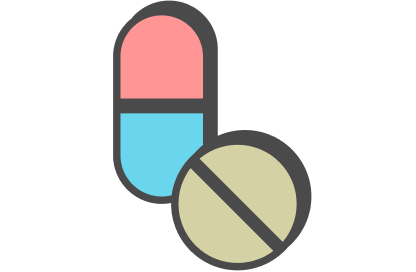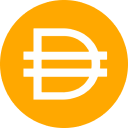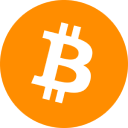Sensible Token Classification
One of our core messages is simple: not all tokens are created equal. Lumping them all under one label limits their potential. The nature of the token (not just the fact that it’s on a blockchain) should guide how it’s regulated.
Physical asset tokens
Representing real world items

Shoes

Medicines

Poisons
Intangible asset tokens
Representing things of value we can’t touch

Art

Patents

Financial instruments
Service tokens
Representing services

Gig tickets

Insurance

Airline services
Share page
Stablecoins
Designed to be stable against fiat currency.

USDC

PAXG

DAI

BUSD
Some stablecoins fit within existing regulations. Others may require bespoke regulatory treatment.
Native DLT tokens
The heartbeat of blockchain.

BTC

AVAX

ETH

SOL
Native DLT tokens might require a new regulatory regime because of the market integrity issues associated with their global tradability and transferability.
With that said...
Most tokens represent things that already exist, and they can be regulated — or not regulated — in the exact same way: same asset equals same risk, which results in same regulation. The legal and regulatory treatment should become readily apparent upon an analysis of the functions and features of a particular token. There are many forms by which an asset can be represented. DLTs are just one of the newest. There is no need to abandon sound principles when a new technology for representing things comes along. Discover more:
A Sensible Token Classification System — as seen in Novum Insights
Understanding and Classifying Blockchain Tokens — as seen in The International Journal of Blockchain Law by the GBBC (p. 18-22)


